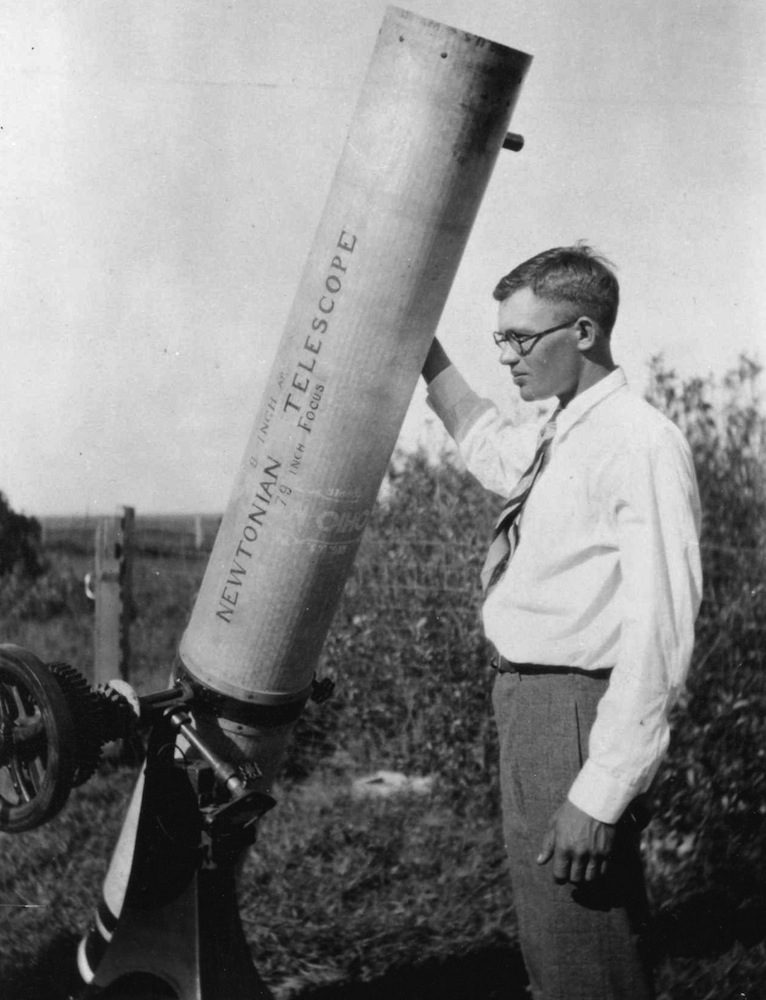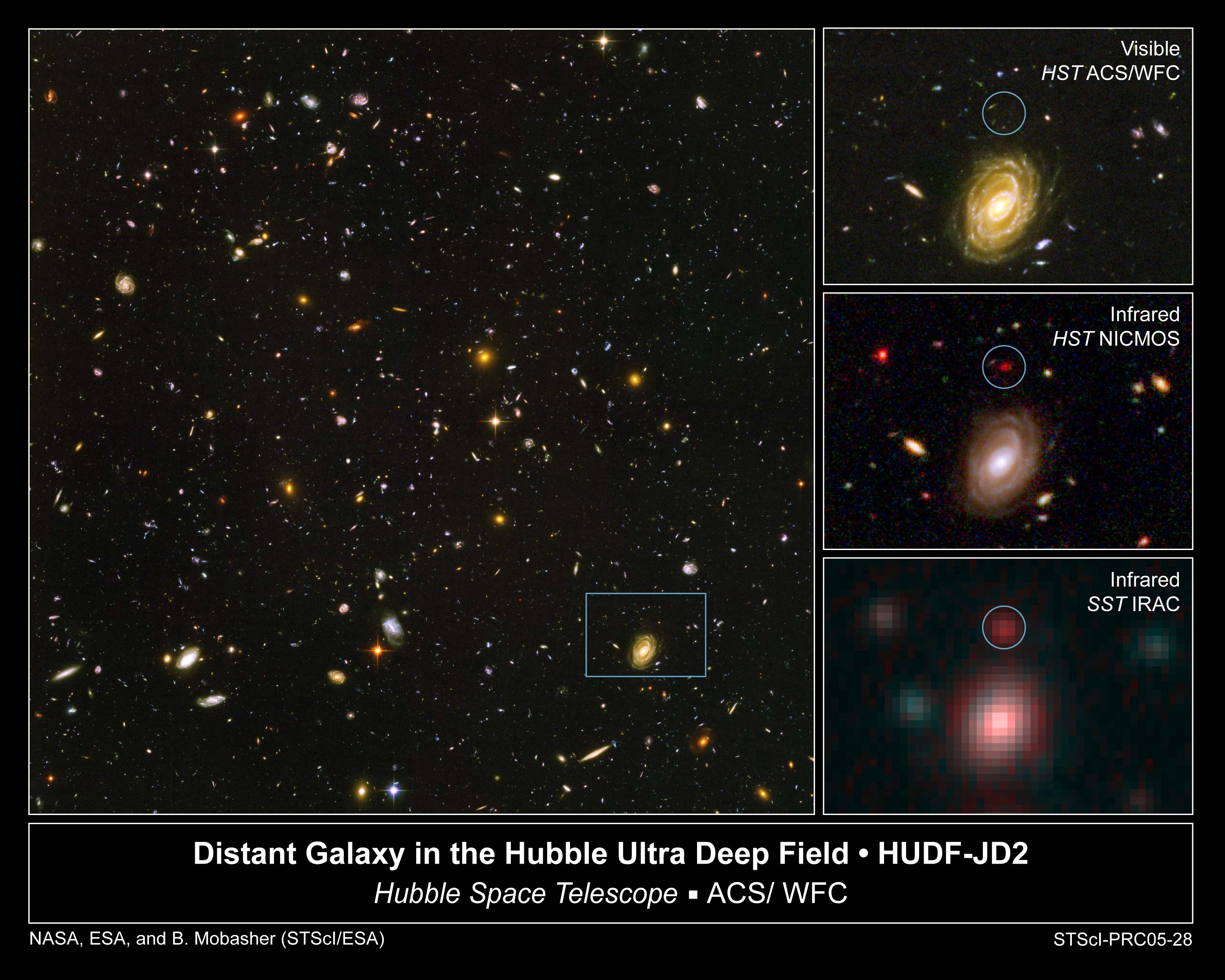|
Harold J. Reitsema
Harold James Reitsema (born January 19, 1948) is an American astronomer who was part of the teams that discovered Larissa (moon), Larissa, the fifth of Moons of Neptune, Neptune's known moons, and Telesto (moon), Telesto, Moons of Saturn, Saturn's thirteenth moon. Reitsema and his colleagues discovered the moons through ground-based telescopic observations. Using a coronagraphic imaging system with one of the first charge-coupled devices available for astronomical use, they first observed Telesto on April 8, 1980, just two months after being one of the first groups to observe Janus (moon), Janus, also a moon of Saturn. Reitsema, as part of a different team of astronomers, observed Larissa on May 24, 1981, by watching the occultation of a star by the Neptune system. Reitsema is also responsible for several advances in the use of false-color techniques as applied to astronomical images. He was a member of the Halley Multicolour Camera team on the European Space Agency, ESA Giotto m ... [...More Info...] [...Related Items...] OR: [Wikipedia] [Google] [Baidu] |
Kalamazoo
Kalamazoo ( ) is a city in Kalamazoo County, Michigan, United States, and its county seat. At the 2020 United States census, 2020 census, Kalamazoo had a population of 73,598. It is the principal city of the Kalamazoo–Portage metropolitan area in southwestern Michigan, which had a population of 261,670 in 2020. One of Kalamazoo's most notable features is the Kalamazoo Mall, an outdoor pedestrian shopping mall. The city created the mall in 1959 by closing part of Burdick Street to automobile traffic, although two of the mall's four blocks have been reopened to auto traffic since 1999. Kalamazoo is home to Western Michigan University, a large public university, Kalamazoo College, a private liberal arts college, and Kalamazoo Valley Community College, a two-year community college. Name origin Originally known as Bronson (after founder Titus Bronson) in the township of Arcadia, the names of both the city and the township were changed to "Kalamazoo" in 1836 and 1837, respectiv ... [...More Info...] [...Related Items...] OR: [Wikipedia] [Google] [Baidu] |
False-color
False colors and pseudo colors respectively refers to a group of color rendering methods used to display images in colors which were recorded in the visible or non-visible parts of the electromagnetic spectrum. A false-color image is an image that depicts an object in colors that differ from those a photograph (a true-color image) would show. In this image, colors have been assigned to three different wavelengths that human eyes cannot normally see. In addition, variants of ''false colors'' such as pseudocolors, density slicing, and choropleths are used for information visualization of either data gathered by a single grayscale channel or data not depicting parts of the electromagnetic spectrum (e.g. elevation in relief maps or tissue types in magnetic resonance imaging). Types of color renderings True color The concept behind true color can help in understanding false color. An image is called a ''true-color'' image when it offers a natural color rendition, or when i ... [...More Info...] [...Related Items...] OR: [Wikipedia] [Google] [Baidu] |
University Of Maryland, College Park
The University of Maryland, College Park (University of Maryland, UMD, or simply Maryland) is a public university, public Land-grant university, land-grant research university in College Park, Maryland, United States. Founded in 1856, UMD is the Flagship university, flagship institution of the University System of Maryland. It is known as the biggest university in the state of Maryland. UMD is the largest university in Maryland and the Washington metropolitan area. Its eleven schools and colleges offer over 200 degree-granting programs, including 113 undergraduate majors, 107 Master's degree, master's programs, and 83 Doctorate, doctoral programs. UMD's athletic teams are known as the Maryland Terrapins and compete in NCAA Division I as a member of the Big Ten Conference. A member of the Association of American Universities, The University of Maryland's proximity to Washington, D.C. has resulted in many research partnerships with the Federal government of the United States, ... [...More Info...] [...Related Items...] OR: [Wikipedia] [Google] [Baidu] |
Tempel 1
Tempel 1 (official designation: 9P/Tempel) is a periodic Jupiter-family comet discovered by Wilhelm Tempel in 1867. It completes an orbit of the Sun every 5.6 years. Tempel 1 was the target of the ''Deep Impact'' space mission, which photographed a deliberate high-speed impact upon the comet in 2005. It was re-visited by the ''Stardust'' spacecraft on 14 February 2011, and came back to perihelion in August 2016. On 26 May 2024, it made a modest approach to Jupiter at a distance of which will lift the perihelion distance and 9P will next come to perihelion on 12 February 2028 when it will be from the Sun. Discovery and orbital history Tempel 1 was discovered on April 3, 1867, by Wilhelm Tempel, who was working at Marseille. At the time of discovery, it approached perihelion once every 5.68 years (designations P/1867 G1 and 1867 II). It was subsequently observed in 1873 (P/1873 G1, 1873 I, 1873a) and in 1879 (1879 III, 1879b). Photographic attempts during 1898 and 1905 fai ... [...More Info...] [...Related Items...] OR: [Wikipedia] [Google] [Baidu] |
Deep Impact (spacecraft)
''Deep Impact'' was a NASA space probe launched from Cape Canaveral Air Force Station on January 12, 2005. It was designed to study the interior composition of the comet Tempel 1 (9P/Tempel), by releasing an Deliberate crash landings on extraterrestrial bodies, impactor into the comet. At 05:52 UTC on July 4, 2005, the Impactor successfully collided with the comet's comet nucleus, nucleus. The impact excavated debris from the interior of the nucleus, forming an impact crater. Photographs taken by the spacecraft showed the comet to be more dusty and less icy than had been expected. The impact generated an unexpectedly large and bright dust cloud, obscuring the view of the impact crater. Previous space missions to comets, such as ''Giotto mission, Giotto'', ''Deep Space 1'', and ''Stardust (spacecraft), Stardust'', were Flyby (spaceflight), fly-by missions. These missions were able to photograph and examine only the surfaces of cometary nuclei, and even then from considerable dista ... [...More Info...] [...Related Items...] OR: [Wikipedia] [Google] [Baidu] |
Kepler Space Observatory
The Kepler space telescope is a defunct space telescope launched by NASA in 2009 to discover Earth-sized planets orbiting other stars. Named after astronomer Johannes Kepler, the spacecraft was launched into an Earth-trailing heliocentric orbit. The principal investigator was William J. Borucki. After nine and a half years of operation, the telescope's reaction control system fuel was depleted, and NASA announced its retirement on October 30, 2018. Designed to survey a portion of Earth's region of the Milky Way to discover Earth-size exoplanets in or near habitable zones and to estimate how many of the billions of stars in the Milky Way have such planets, Kepler's sole scientific instrument is a photometer that continually monitored the brightness of approximately 150,000 main sequence stars in a fixed field of view. These data were transmitted to Earth, then analyzed to detect periodic dimming caused by exoplanets that cross in front of their host star. Only planets whose ... [...More Info...] [...Related Items...] OR: [Wikipedia] [Google] [Baidu] |
Pluto
Pluto (minor-planet designation: 134340 Pluto) is a dwarf planet in the Kuiper belt, a ring of Trans-Neptunian object, bodies beyond the orbit of Neptune. It is the ninth-largest and tenth-most-massive known object to directly orbit the Sun. It is the largest known trans-Neptunian object by volume by a small margin, but is less massive than Eris (dwarf planet), Eris. Like other Kuiper belt objects, Pluto is made primarily of ice and rock and is much smaller than the inner planets. Pluto has roughly one-sixth the mass of the Moon and one-third its volume. Originally considered a planet, its classification was changed when astronomers adopted a new definition of planet, definition of ''planet''. Pluto has a moderately Orbital eccentricity, eccentric and Inclination, inclined orbit, ranging from from the Sun. Light from the Sun takes 5.5 hours to reach Pluto at its orbital distance of . Pluto's eccentric orbit periodically brings it closer to the Sun than Neptune, but a stabl ... [...More Info...] [...Related Items...] OR: [Wikipedia] [Google] [Baidu] |
New Horizons Mission
''New Horizons'' is an interplanetary space probe launched as a part of NASA's New Frontiers program. Engineered by the Johns Hopkins University Applied Physics Laboratory (APL) and the Southwest Research Institute (SwRI), with a team led by Alan Stern, the spacecraft was launched in 2006 with the primary mission to perform a flyby study of the Pluto system in 2015, and a secondary mission to fly by and study one or more other Kuiper belt objects (KBOs) in the decade to follow, which became a mission to 486958 Arrokoth. It is the fifth space probe to achieve the escape velocity needed to leave the Solar System. On January 19, 2006, ''New Horizons'' was launched from Cape Canaveral Space Force Station by an Atlas V rocket directly into an Earth-and-solar escape trajectory with a speed of about . It was the fastest (average speed with respect to Earth) human-made object ever launched from Earth. It is not the fastest speed recorded for a spacecraft, which, as of 2023, is ... [...More Info...] [...Related Items...] OR: [Wikipedia] [Google] [Baidu] |
Submillimeter Wave Astronomy Satellite
Submillimeter Wave Astronomy Satellite (SWAS, also Explorer 74 and SMEX-3) is a NASA submillimetre astronomy satellite, and is the fourth spacecraft in the Small Explorer program (SMEX). It was launched on 6 December 1998, at 00:57:54 UTC, from Vandenberg Air Force Base aboard a Pegasus XL launch vehicle. The telescope was designed by the Smithsonian Astrophysical Observatory (SAO) and integrated by Ball Aerospace, while the spacecraft was built by NASA's Goddard Space Flight Center (GSFC). The mission's principal investigator is Gary J. Melnick. History The Submillimeter Wave Astronomy Satellite mission was approved on 1 April 1989. The project began with the Mission Definition Phase, officially starting on 29 September 1989, and running through 31 January 1992. During this time, the mission underwent a conceptual design review on 8 June 1990, and a demonstration of the Schottky receivers and acousto-optical spectrometer concept was performed on 8 November 1991. Develo ... [...More Info...] [...Related Items...] OR: [Wikipedia] [Google] [Baidu] |
Spitzer Space Telescope
The Spitzer Space Telescope, formerly the Space Infrared Telescope Facility (SIRTF), was an infrared space telescope launched in 2003, that was deactivated when operations ended on 30 January 2020. Spitzer was the third space telescope dedicated to infrared astronomy, following IRAS (1983) and ISO (1995–1998). It was the first spacecraft to use an Earth-trailing orbit, later used by the Kepler planet-finder. The planned mission period was to be 2.5 years with a pre-launch expectation that the mission could extend to five or slightly more years until the onboard liquid helium supply was exhausted. This occurred on 15 May 2009. Without liquid helium to cool the telescope to the very low temperatures needed to operate, most of the instruments were no longer usable. However, the two shortest-wavelength modules of the IRAC camera continued to operate with the same sensitivity as before the helium was exhausted, and continued to be used into early 2020 in the Spitzer Warm Mission ... [...More Info...] [...Related Items...] OR: [Wikipedia] [Google] [Baidu] |
Grand Rapids, Michigan
Grand Rapids is the largest city and county seat of Kent County, Michigan, United States. With a population of 198,917 at the 2020 United States census, 2020 census and estimated at 200,117 in 2024, Grand Rapids is the List of municipalities in Michigan, second-most populous city in Michigan. The Grand Rapids metropolitan area has a population of 1.16 million and a combined statistical area population of 1.5 million. Grand Rapids is situated along the Grand River (Michigan), Grand River approximately east of Lake Michigan and is the economic and cultural hub of West Michigan. A historic furniture manufacturing center, Grand Rapids is home to five of the world's leading office furniture companies and is nicknamed "Furniture City". As a result of the numerous micro and craft breweries, many with notable reputations nationally such as Founders and New Holland which are known globally, Grand Rapids is also known as "Beer City USA". Due to the prominence of the Grand River, many l ... [...More Info...] [...Related Items...] OR: [Wikipedia] [Google] [Baidu] |
Comet Halley
Halley's Comet is the only known short-period comet that is consistently visible to the naked eye from Earth, appearing every 72–80 years, though with the majority of recorded apparitions (25 of 30) occurring after 75–77 years. It last appeared in the inner parts of the Solar System in 1986 and will next appear in mid-2061. Officially designated 1P/Halley, it is also commonly called Comet Halley, or sometimes simply Halley. Halley's periodic returns to the inner Solar System have been observed and recorded by astronomers around the world since at least 240 BC, but it was not until 1705 that the English astronomer Edmond Halley understood that these appearances were re-appearances of the same comet. As a result of this discovery, the comet is named after Halley. During its 1986 visit to the inner Solar System, Halley's Comet became the first comet to be observed in detail by a spacecraft, ''Giotto'', providing the first observational data on the structure of a comet nu ... [...More Info...] [...Related Items...] OR: [Wikipedia] [Google] [Baidu] |









